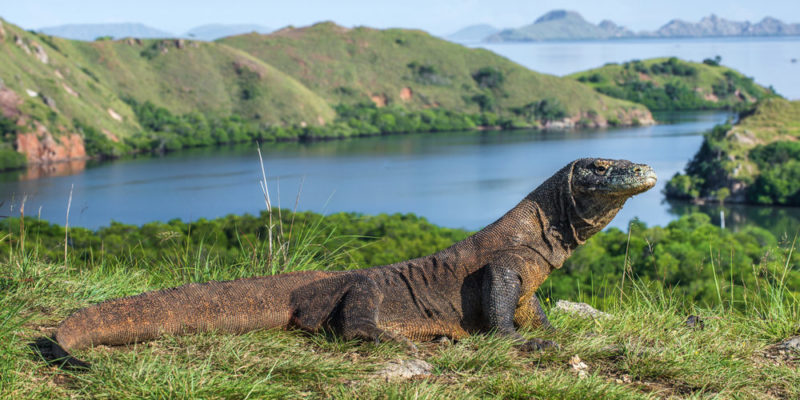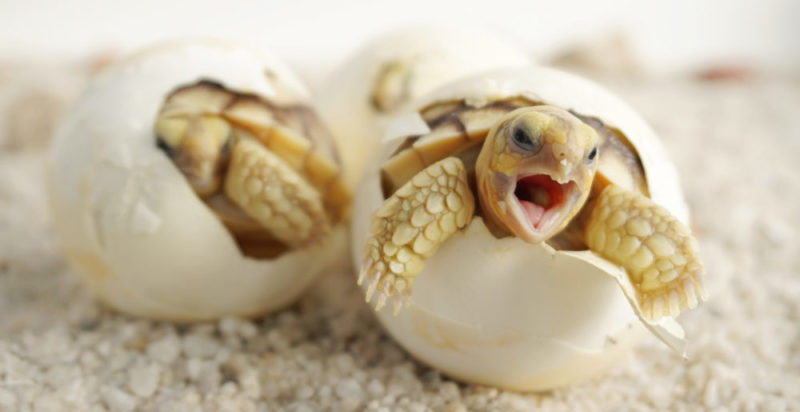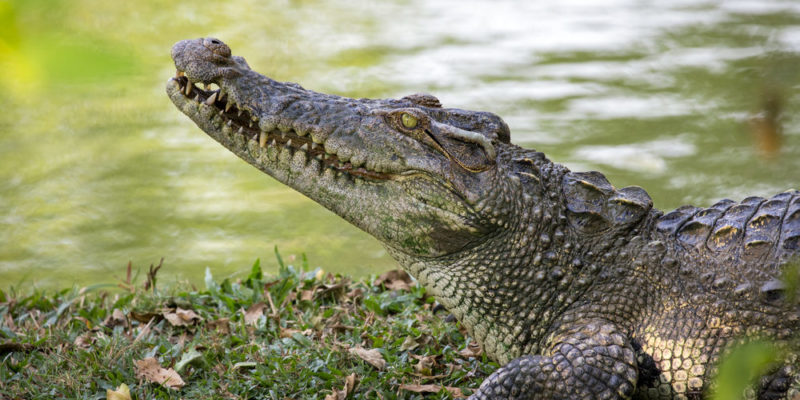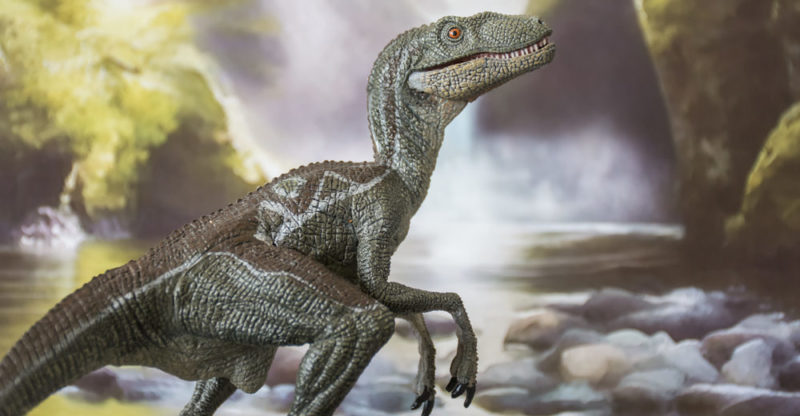We explain what reptiles are, how they evolved, their thermal control and feeding. In addition, its characteristics, reproduction and more.
What are reptiles?
Reptiles are quadruped , cold-blooded , scaly-skinned vertebrate animals that originated 318 million years ago. They are a widely diversified and abundant species on the planet , and were once the predominant life form , in the ages of the dinosaurs. They are evolutionarily related to amphibians and birds .
Reptiles coexist with man today and occupy a prominent place in his imagination, even becoming companion animals .
As reptiles , four large groups of creatures are referred to : turtles ( testudines ), lizards and snakes ( squamata ), alligators and crocodiles ( crocodylia ) and tuátaras ( rhynchocephalia ).
Evolution of reptiles

Modern reptiles, as we have said, are made up of turtles (chelonians), lizards (iguanas, chameleons, lizards), snakes (snakes), amphibians, alligators (alligators), gharials and crocodiles, and finally tuátaras.
Thermal control of reptiles
The immense reptilian diversity has many biological characteristics in common, the main one being that they cannot control their body temperature . That means they are ectothermic, they depend on the environment and their own behavior to keep the body at its optimum temperature . That is why it is common to see them still, sunbathing , or hiding under the roof.
Reptile feeding

Most reptiles are carnivores and have a simple digestive pattern . Their metabolism is much slower than that of mammals , so it is common that after ingestion they undertake long periods of rest, and subsist for months on a voluminous meal.
They are mostly efficient predators, endowed with ferocity, sharp teeth, and often poisonous or toxic glands that turn their bite into a lethal attack. This is very common in snakes and Komodo dragons, for example, whose evolutionary process has led them to modify enzymatic glands to turn them into a weapon.
Herbivores, for their part, use rocks and stones (gastroliths) to help crush vegetables, since they lack an ideal chewing apparatus. Furthermore, marine reptiles use this stony content as a ballast for immersion.
Reptile breathing

Unlike amphibians with moist skin, reptiles depend on their lung capacity for gas exchange . Some are anatomically prepared to breathe through the nostrils even when the mouth is open or engaged in other tasks.
Marine reptiles, such as turtles, can harbor enormous amounts of oxygen inside which, thanks to their slow metabolism, enables them for long periods of immersion.
Reproduction of reptiles

Reptiles are oviparous , fertilized internally (within the female) . The eggs have a leathery shell that, when exposed to the air , gradually hardens, keeping the embryo protected until it hatches.
From them emerge the offspring, already with the complete morphology of the adult , and there is little or no tutelage from their elders, depending on the species.
Reptile skin
The skin of reptiles is covered with scales of chitin , folded back on one another, which makes it tough and rough as a shield. This defensive function is reinforced in cases where it also has mimetic capacities, as in chameleons, or in the constitution of an impenetrable shell, such as turtles.
In other cases, such as snakes, the scaly skin is part of the locomotion apparatus , and it sloughs from time to time through the loss of the epidermis.
Reptile habitat

Reptiles favor warm ecosystems , as they depend on it to maintain their temperature. Even so, they populate almost all the latitudes of the continent , adapted to terrestrial, maritime, insular, underground or arboreal life.
Massive migrations are frequent in many species , along kilometers of route to proceed to spawning or courtship. Such is the case with sea turtles.
Threat

Of the nearly 9,000 species of reptiles that exist, it is estimated that 28% are in danger of extinction , around 1,667 species. They enjoy little protection in ecological areas, especially sensitive to marine pollution and massive hunting, which hunts them as decorative components or traditional medicine.
On the other hand, many reptiles present a threatening appearance that makes human awareness of their threatened status more difficult , especially in the larger ones (crocodiles) and in snakes, whose often poisonous bite makes them famous as harmful animals.
Zoological classification of reptiles
Traditionally, the use of reptilia was considered as a descriptor of most of the members of the group , including three evolutionary orders: Synapsida , Anapsida , Diapsida , according to the construction of the cranial skeleton.
The use of the reptilia class is in decline in phylogenetic studies , as it is a paraphyletic taxon, that is, it does not include its direct descendants. That is why the use of sauropsida (which includes Anapsida and Diapsida only) is preferred , with which reptiles and birds are contemplated.
Dinosaurs

Dinosaurs, giant reptiles that appeared on Earth about 230 million years ago . Since the appearance of their first fossil records , they have fascinated man with their evident qualities and signs of behavior, coming to occupy an important place in our imaginary of the world prior to the existence of man.
Dinosaurs became extinct 65 million years ago , due to reasons still unknown but that motivate different theories in this regard, such as meteoric collisions or global climate changes.
The above content published at Collaborative Research Group is for informational and educational purposes only and has been developed by referring reliable sources and recommendations from experts. We do not have any contact with official entities nor do we intend to replace the information that they emit.
Veronica is a culture reporter at Collaborative Research Group, where she writes about food, fitness, weird stuff on the internet, and, well, just about anything else. She has also covered technology news and has a penchant for smartphone stories. .
Leave a reply
Your email address will not be published. Required fields are marked *Recent post

Sport: What Is It, Types, Risks, Features, Characteristics and Examples

Dogs: Emergence, Features, Characteristics, Feeding and Breeds

Story: Definition, Elements, Structure, Features and Characteristics

